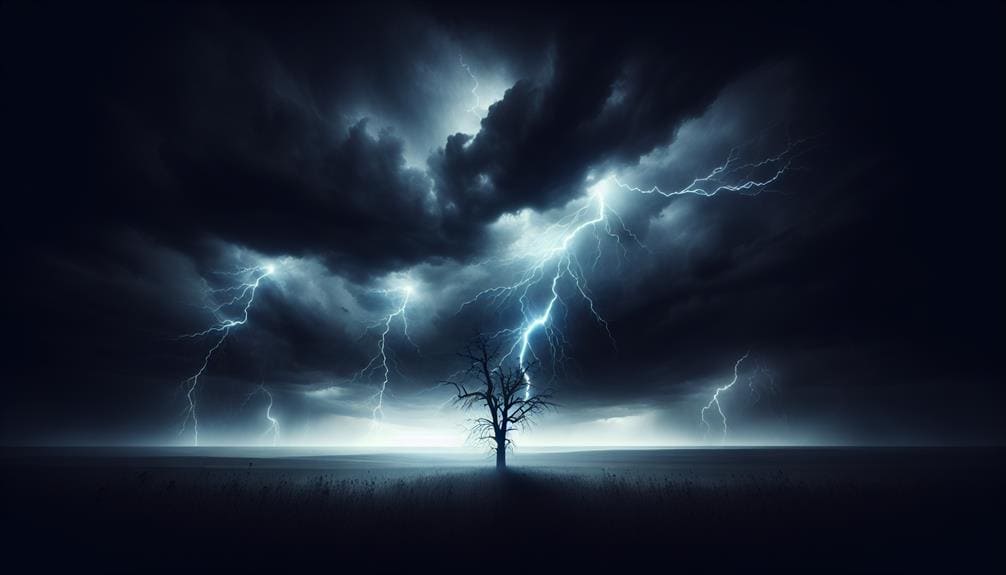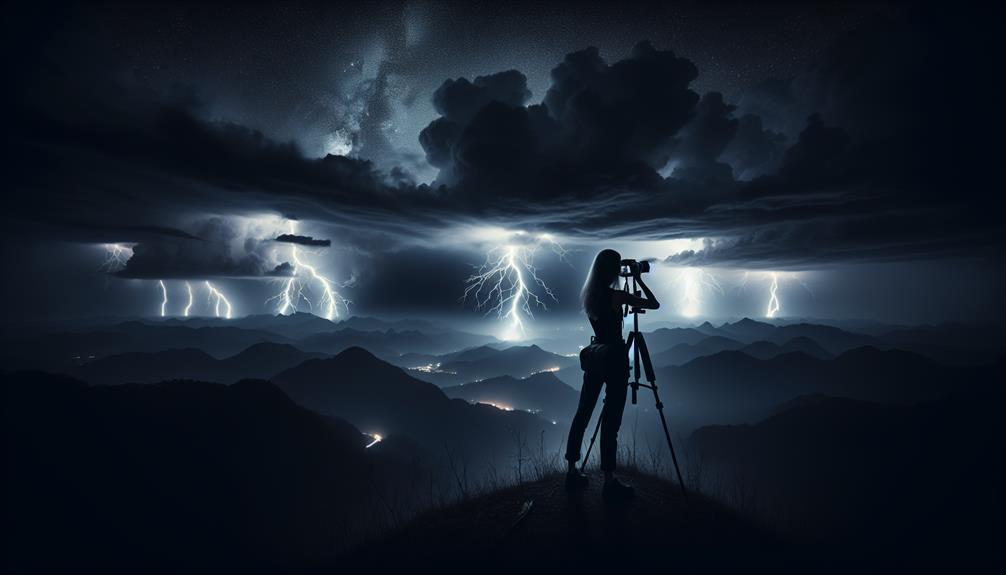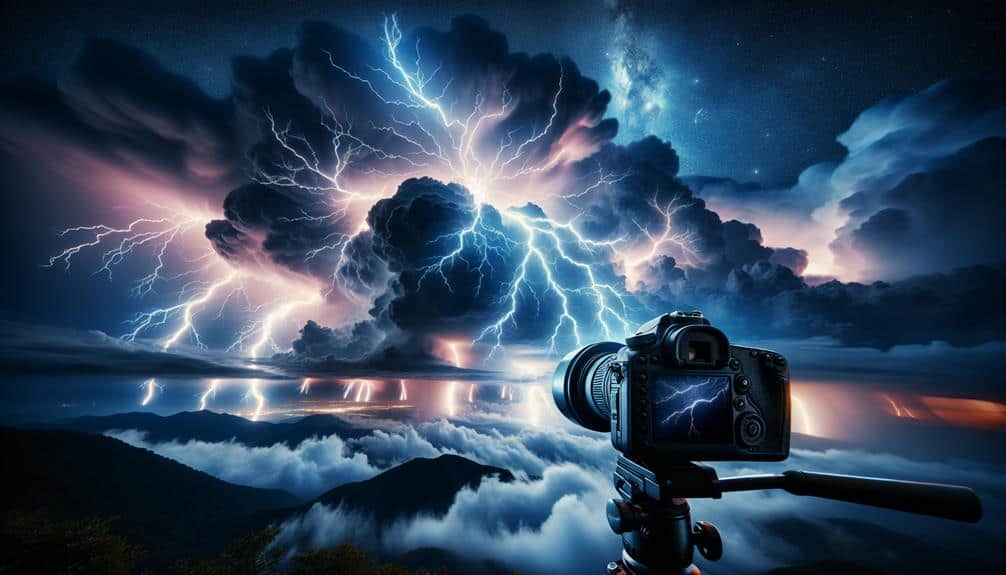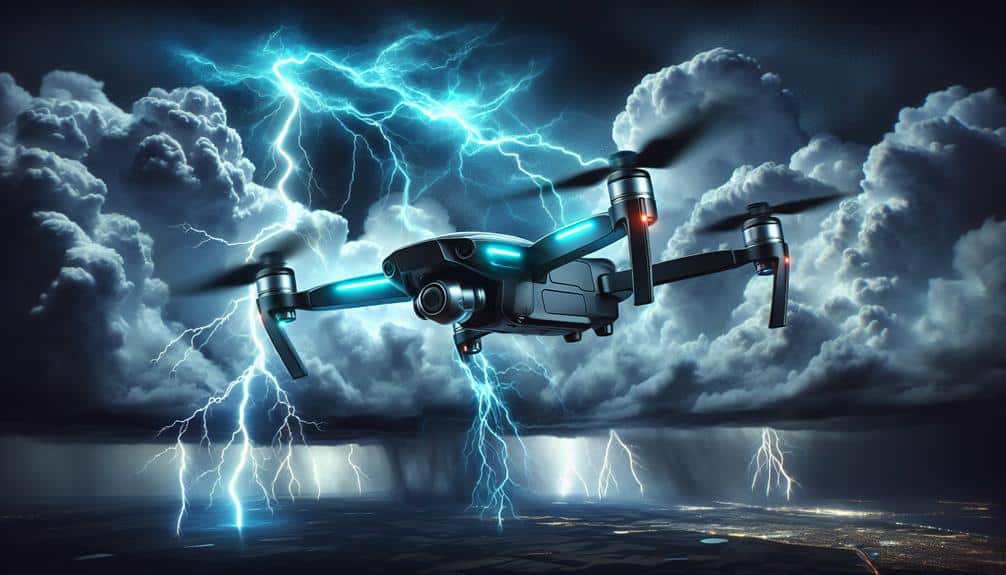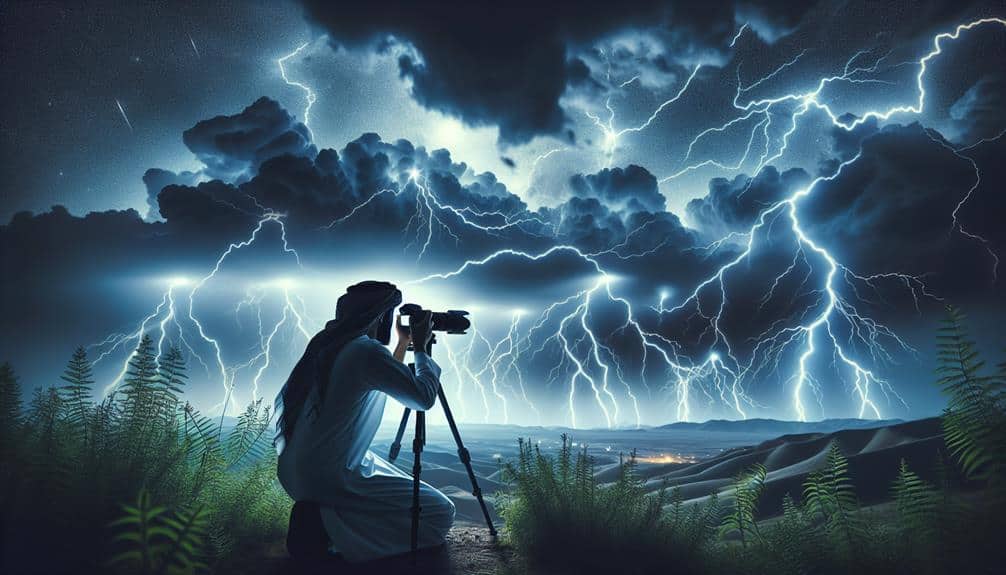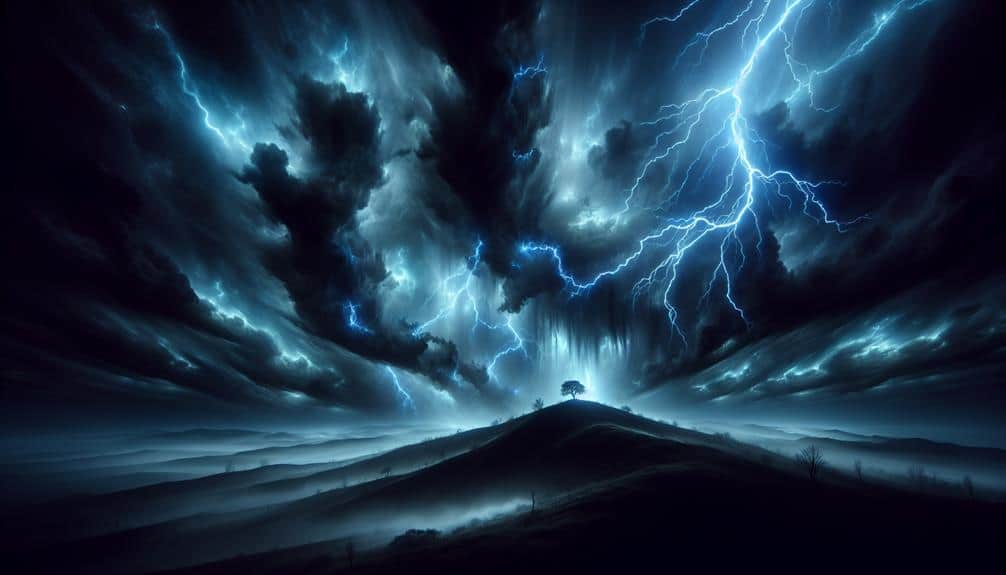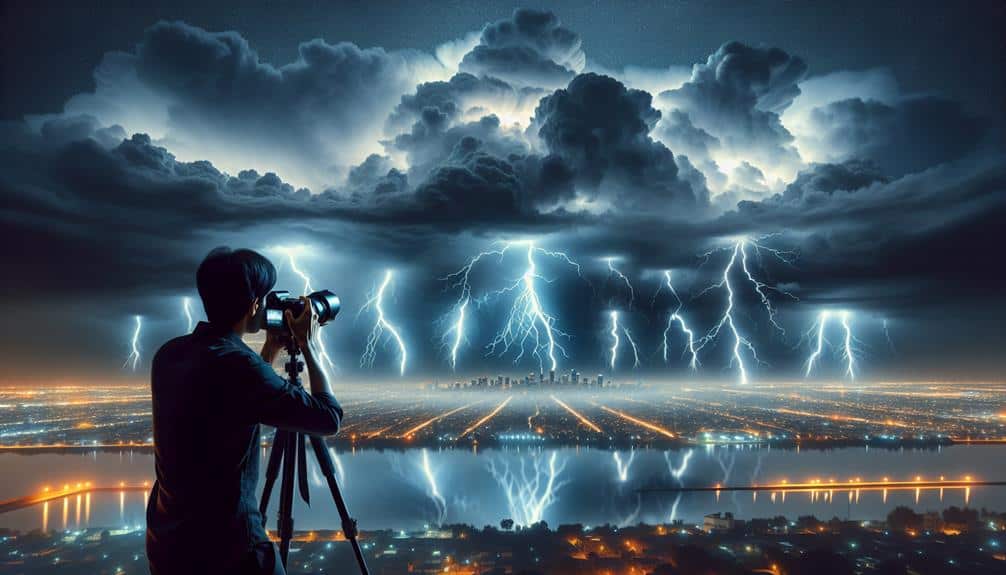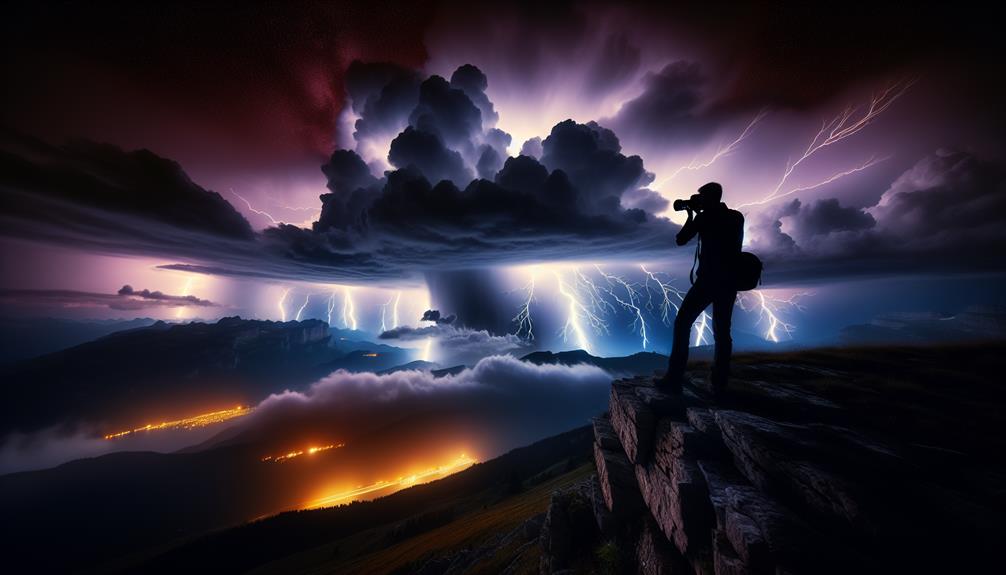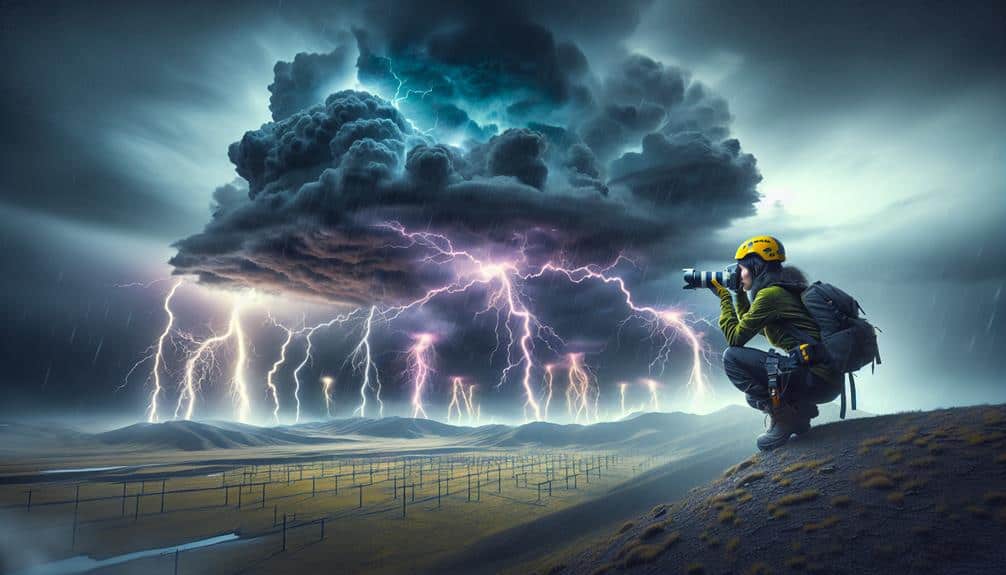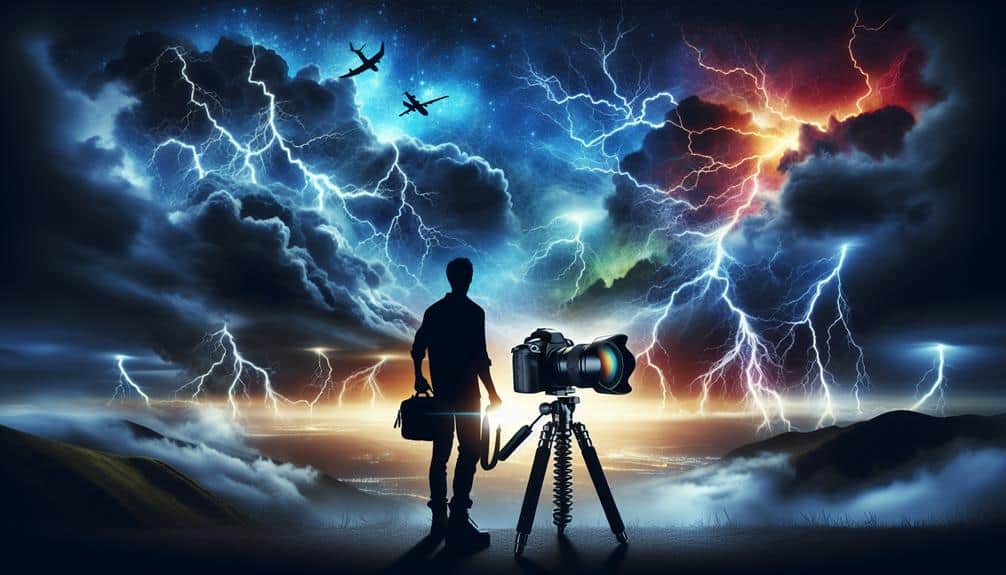Capturing Striking Lightning: Top Composition Tips
Capturing striking lightning photos demands a keen eye for composition and the right equipment. We begin with a full-frame DSLR or mirrorless camera, combined with a wide-angle lens and a sturdy tripod. Timing is crucial, so we monitor weather patterns and utilize apps to forecast strikes. Safety is paramount – elevated vantage points offer breathtaking […]
Capturing Striking Lightning: Top Composition Tips Read More »
